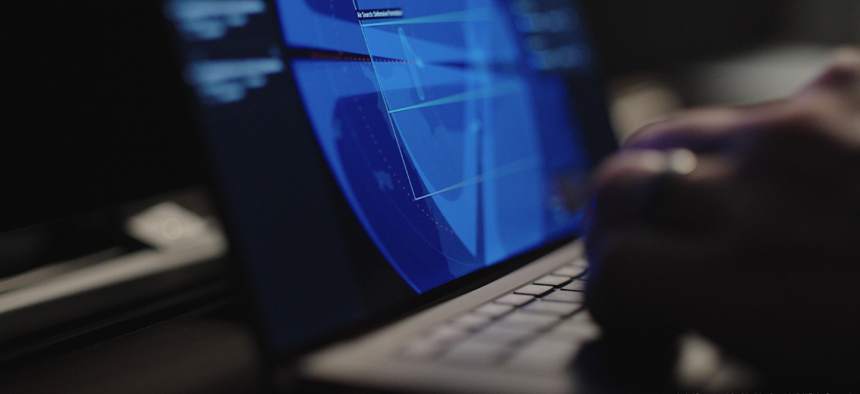
Lattice for Mission Autonomy Anduril
New Software Aims to Allow Fewer Troops to Manage More Drones
Anduril says its product will enable U.S. forces to employ more capable, more autonomous—and just plain more—drones.
The U.S. military will be unable to fully exploit drones until it can enable fewer people to control more robots, says Anduril’s Chris Brose, who says his company has found a way to do just that.
Brose said a modified version of Anduril’s Lattice software could allow numerous types of robotic weapons to autonomously operate with one another on the battlefield. Ultimately, such software could help the Pentagon use drones instead of human-operated warplanes and warships.
“Absent of it, we're not actually going as a nation to get where we want to get in terms of generating this kind of larger and different type of force to be successful in great power competition,” he said.
Today, military drones, especially the larger ones, are heavily reliant on people to fly them, control cameras and sensors, and analyze intelligence.
“In a lot of ways, when we thought about is, the next leap of this looks a lot more like how are we taking all the training and tactics development, all those pieces we do with human pilots today, human operators today, start to codify that into an intelligent piece of software that can go out and do it,” said Anduril CEO Brian Schimpf.
The military has grandiose plans for fleets of autonomous aerial and sea-faring drones that operate in tandem with human-controlled planes and ships, But it's unclear when the technology will be widely used across the battlefield. For now, the technology has been primarily used in military experiments and only in a limited fashion in combat.
“When we look at our unmanned formations today, they cost way too much, there are way too many people inside of way too many loops,” Brose said. “That's not going to scale against a competitor that has four times as many people and a GDP that is approaching ours.”
He, of course, was alluding to China, which the Pentagon has labeled its top strategic competitor.
The company has modified its Lattice software into what it calls Lattice for Mission Autonomy, which the executives said allows the robots to accomplish more, quicker, while still having a human overseeing the missions.
“As soon as you start having autonomous systems that can work together, be able to coordinate, you know where they are in space and in time, you start getting really interesting results happening,” Schimpf said.
In a video simulation of the software shown to reporters earlier this week, the software shows a computer-generated picture of the battlefield, with blips representing autonomous drones or human-piloted aircraft. The software can tell a human monitor whether aircraft that pop up on the screen are hostile or not.
“Kind of fundamental to developing mission autonomy is being able to put down a threat-lay-down, your blue and red order of battle, and figure out how is the autonomy going to react in a variety of different situations,” said Josh Bennett, the company’s chief engineer of mission systems integration. “A simulation engine is key to being able to do this and to allow tacticians to develop the tactics and plays that you're getting then end up employing when you go to your theater of war.”



